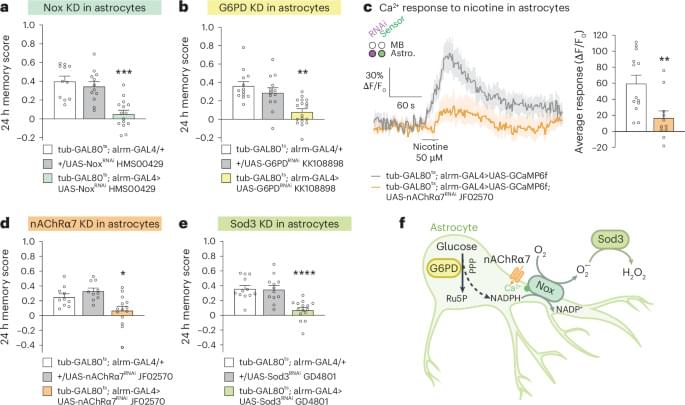YouTube game cheat videos deliver Arcane stealer malware; attack chain extracts sensitive data via batch files and PowerShell.




Veeam has patched a critical remote code execution vulnerability tracked as CVE-2025–23120 in its Backup & Replication software that impacts domain-joined installations.
The flaw was disclosed yesterday and affects Veeam Backup & Replication version 12.3.0.310 and all earlier version 12 builds. The company fixed it in version 12.3.1 (build 12.3.1.1139), which was released yesterday.
According to a technical writeup by watchTowr Labs, who discovered the bug, CVE-2025–23120 is a deserialization vulnerability in the Veeam. Backup. EsxManager.xmlFrameworkDs and Veeam.Backup.Core. BackupSummary. NET classes.

Two malicious VSCode Marketplace extensions were found deploying in-development ransomware, exposing critical gaps in Microsoft’s review process.
The extensions, named “ahban.shiba” and “ahban.cychelloworld,” were downloaded seven and eight times, respectively, before they were eventually removed from the store.
It is notable that the extensions were uploaded onto the VSCode Marketplace on October 27, 2024 (ahban.cychelloworld) and February 17, 2025 (ahban.shiba), bypassing safety review processes and remaining on Microsoft’s store for an extensive period of time.

Full video: https://youtu.be/kKm0ungPenI?t=1sJoin us on Patreon! https://www.patreon.com/MichaelLustgartenPhDDiscount Links/Affiliates: Blood testing (where…
A team of researchers at Peking University claims to have made a breakthrough in chip technology, potentially reshaping the semiconductor race.
Their newly developed 2D transistor is said to be 40% faster than the latest 3-nanometre silicon chips from Intel and TSMC while consuming 10% less energy. This innovation, they say, could allow China to bypass the challenges of silicon-based chipmaking entirely.
“It is the fastest, most efficient transistor ever,” according to an official statement published last week on the PKU website.
Led by physical chemistry professor Peng Hailin, the research team believes their approach represents a fundamental shift in semiconductor technology.
Peking University researchers have developed a 2D transistor that operates 40% faster and uses 10% less energy than leading silicon chips.


